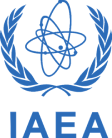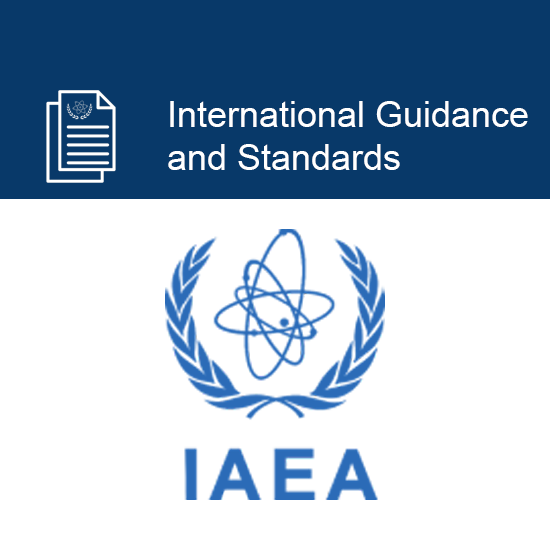International Guidance and Standards

CNL received questions about the International Atomic Energy Agency’s (IAEA) guidance in their safety standard for decommissioning which states that in-situ decommissioning is not a suitable option for all nuclear facilities and should be considered only under certain conditions. CNL agrees with this assessment and considers that NPD has features which make it suitable for long-term disposal.
CNL is considering IAEA guidance in their safety standards for the closure of the facility, and more importantly is also considering IAEA guidance in their safety standards for waste disposal, since the facility – in its end state – would be classified as a disposal site.
In accordance with CNSC Regulatory Document 2.11.2 Decommissioning, in-situ disposal is considered an acceptable approach for legacy sites where decommissioning was not planned as part of the design, all fuel has been removed and the site will remain under institutional control for the period defined in the safety case. This will only be permitted where in situ disposal is protective of workers, the public and the environment. For the case of NPD the end state for in situ disposal results in a waste disposal facility that shall satisfy all regulatory requirements for a radioactive waste disposal facility and demonstrates the safety of the facility in a safety.
It is important to note that the IAEA is an advisory body, developing and sharing guidance and standards for consideration as international best practices. However, CNL is licensed by and is accountable to the Canadian nuclear regulator, the Canadian Nuclear Safety Commission (CNSC). CNL is following Canadian standards and regulatory requirements for decommissioning the NPD facility and Canadian regulations for the creation of a disposal facility.
Webinar:
Learn about how CNL is aligned with International best practices
June 2019 - YouTube

